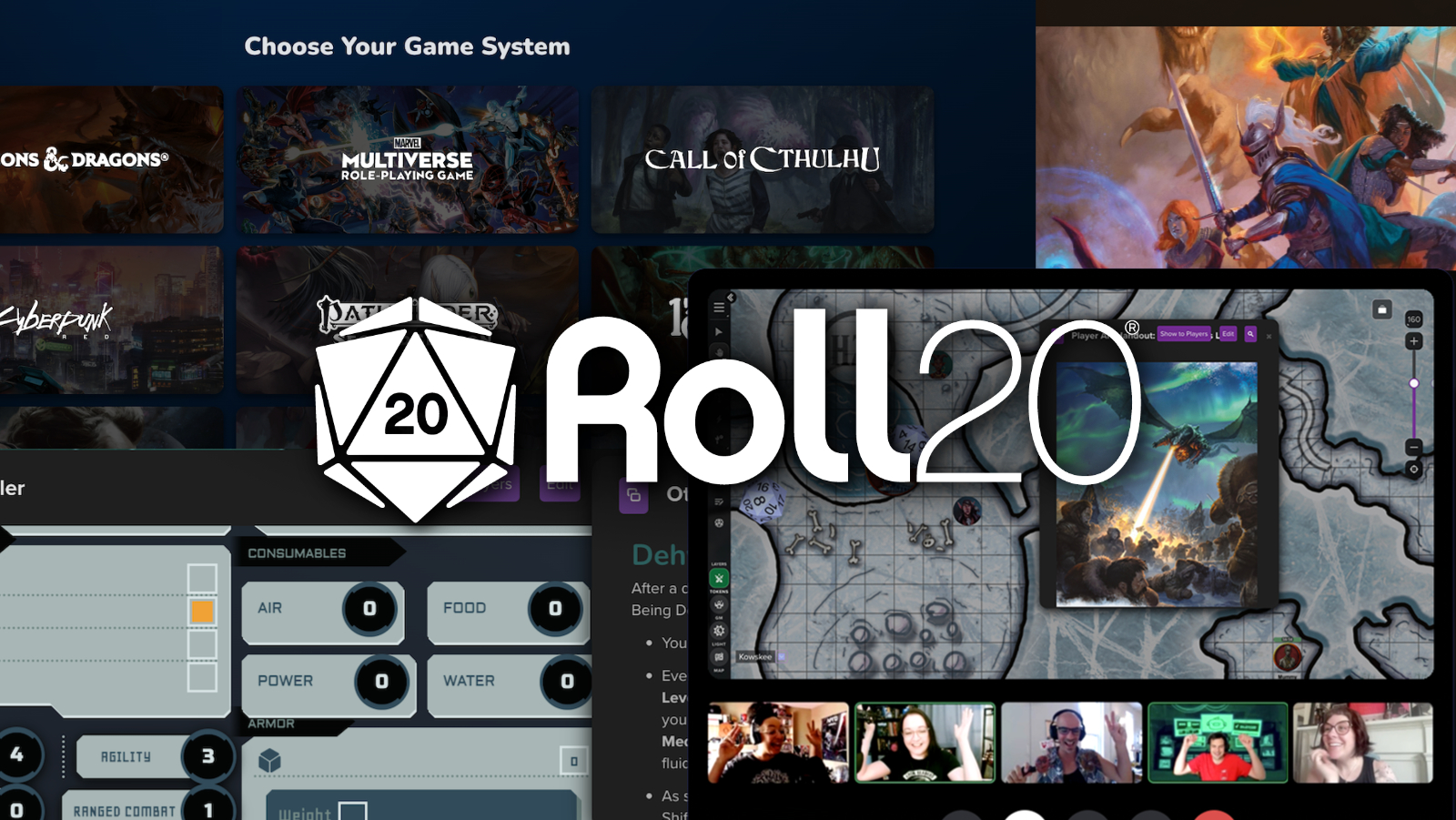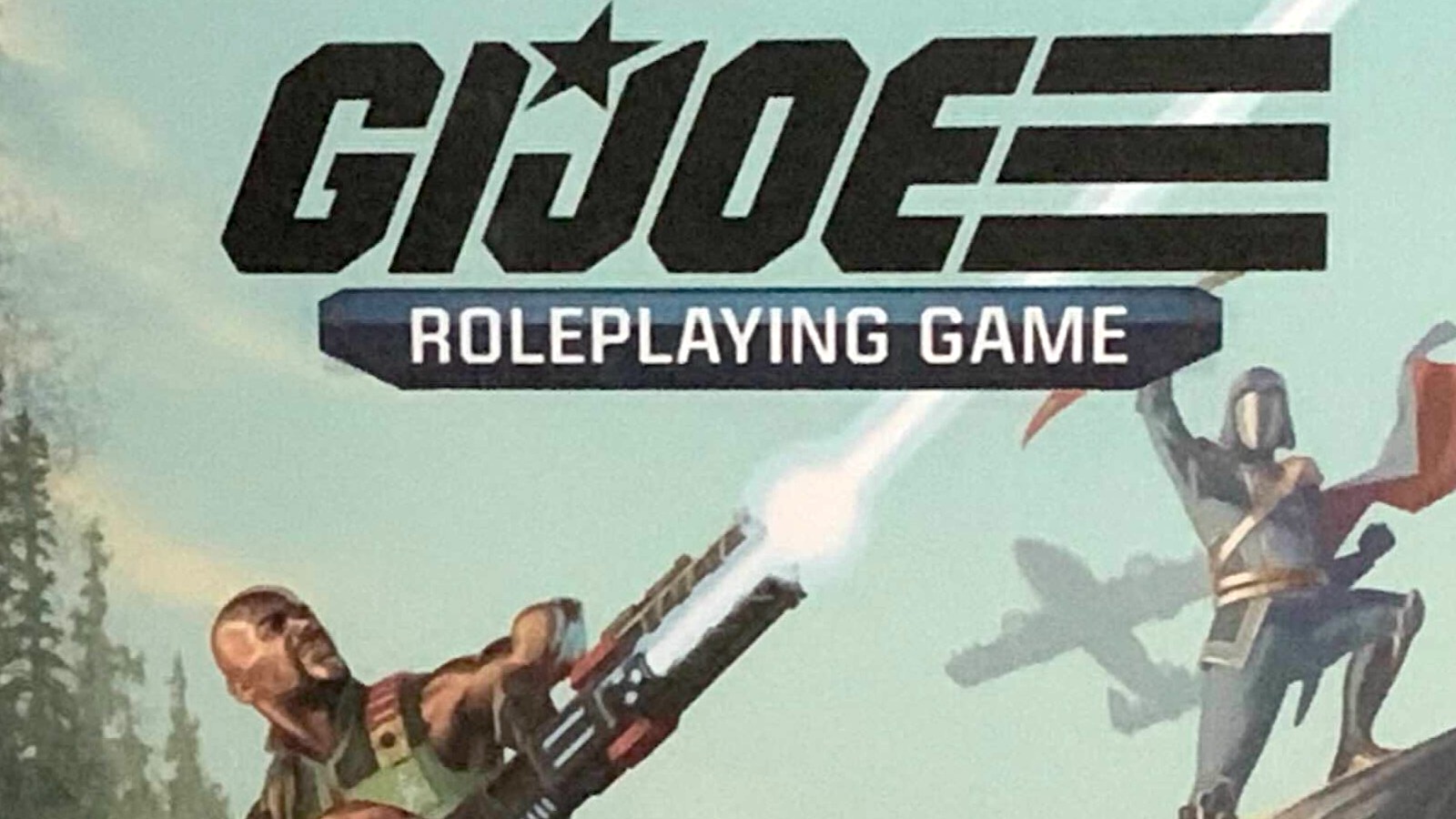When you see the name “OBSBOT” you probably think of the streaming market. While that might have been the product they offered when that company started, they’ve since grown into an absolute juggernaut of streaming services and products that extend far beyond simple video streaming. Nothing underscores that more than their recent products, the OBSBOT Tiny 2 Lite and OBSBOT Tail Air. We reviewed both and came away impressed not only with its use as a small streaming camera, but were also wowed by its flexibility in commercial applications. With integrations with NDI, UVC, RTMP, and many other letter collections, it’s very clear that the team is moving in a direction where they can serve not only the consumer market, but also a more robust live production space. The clear confirmation of that just showed up on my doorstep. Let’s take a closer look at the OBSBOT Talent.
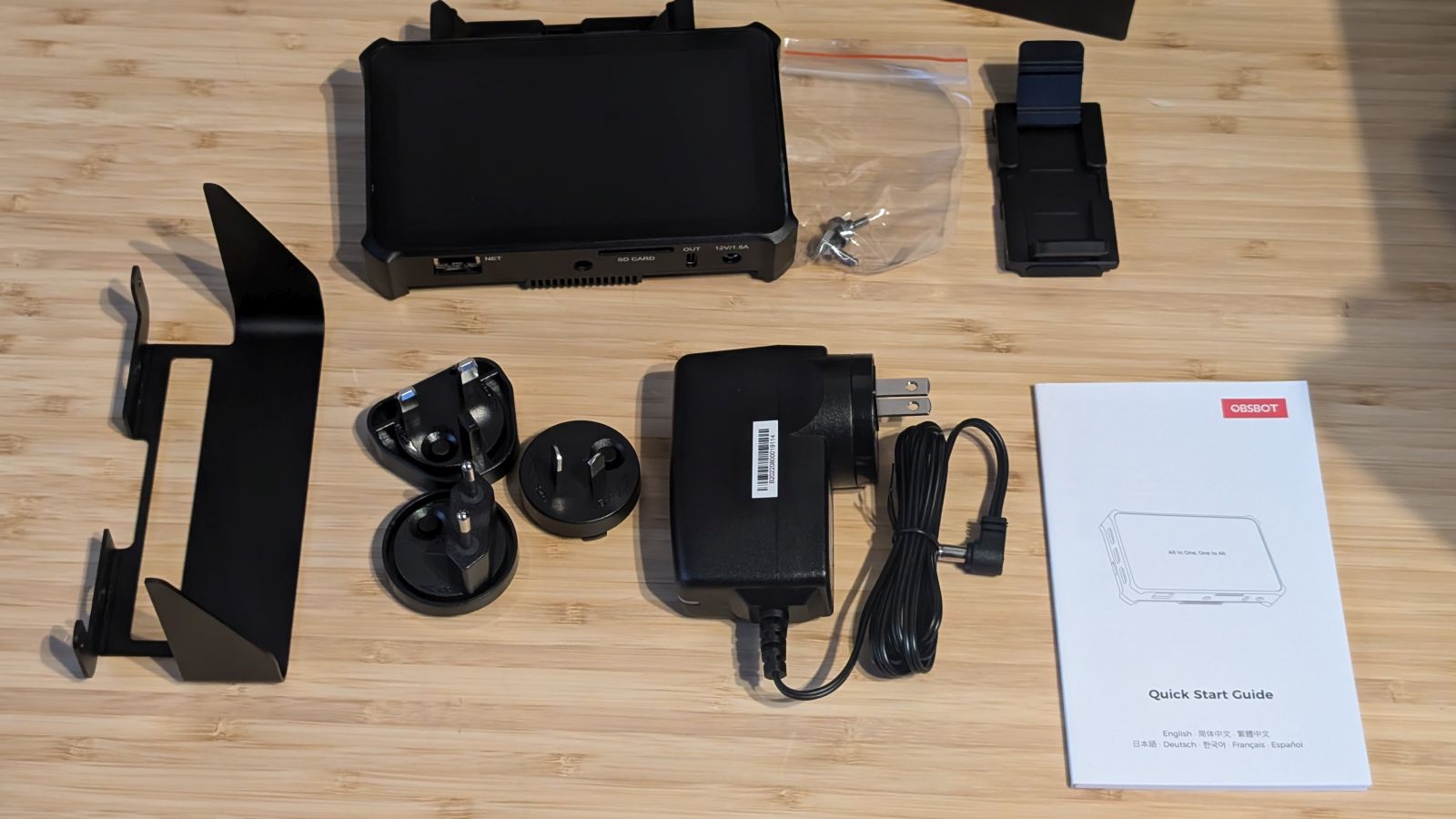
You don’t accidentally pick up the OBSBOT Talent without a use case. You pick up the Talent when you have a need for a multifunctional video livestream production tool that allows you to quickly pull together multiple cameras in an extraordinarily portable format, with real-time monitoring, seamless capture, and frictionless livestreaming. It’s the sort of product where you can not only integrate their more portable 4K solutions like the Tail Air, but also tie into production cameras like a Blackmagic 6K Pro, or similar commercial hardware, with the intention of easily creating a multi-angle output without the need for a bunch of integration hardware. All that to say, it’s a tool with a very specific use case, but that doesn’t mean it’s a narrow one. Let me explain…
OBSBOT Talent Hardware Review - Let's Produce A Show
My current deployment is a Blackmagic 6K Pro for forward-facing work, a Blackmagic 4K for overhead, and a Canon M50 Mark II with a macro lens. These all tie into a Blackmagic ATEM Mini for coordination, but there’s no intelligence beyond me hitting “Go” and having all cameras record simultaneously. Pulling in the capabilities of the OBSBOT cameras with their AI tracking, PTZ functionality, and additional capabilities would be a challenge beyond simply running them in HDMI mode. The Talent aims to solve all of that, with multi-input / multi-output functionality, with all of OBSBOT’s functionality baked in. The hitch? You need (up to) three Tail Air units to take best advantage. In my case, I’ll be testing it with the cameras I mentioned, as well as the OBSBOT Mini 2 to see what a mixed use case could look like.
Unpacking the hardware, it reminds me of my ATOMOS Ninja V in a lot of ways, but beyond a cursory resemblance, there are some fairly big differences. There are two HDMI ports, though both are inputs in this case. In between those two ports is a USB SuperSpeed port. On the opposite side lies the power switch, as well as a 3.5mm combination microphone / line-in port, and a separate monitoring 3.5mm jack. An additional USB SuperSpeed Port lies on this side. On the bottom edge you’ll find the 12V/1.5A power port (included in the box is a power brick, as well as an array of international wall plug types) for times when you are near a wall plug, and a pair of NP-F series battery ports when you’re not. These are compatible with the smaller NP-F570 sizes, or you can go heavy for longer shoots with a pair of NP-F970, though all of it adds weight, of course. Also on the bottom you’ll find a USB-C out port, an SD Card slot, an RJ-45 jack, and a standard ¼” mount for just about any swivel mini ball head screw tripod adapter. The front of the OBSBOT is the generous 5.44” AMOLED FHD touchscreen, housed in a sturdy anodized aluminum alloy body, with intake fins along the top and bottom of the central part of the body. Much like the ATOMOS Ninja V, the whole package feels like it was built to withstand the rigors of the field, able to take a few bumps and knocks and keep on spinning. Let’s get the unit powered up and then we’ll talk about why you’ll need all these ports.

In the day and age where most viewers have the attention span of a goldfish, multiple angles and cuts can keep your audience entertained and engaged. As such, having multiple cameras to cut between is important to viewing time. Any HDMI cable can connect to the Talent, and it’ll happily ingest the video. Surprisingly, it’s also very flexible about connecting to USB-powered cameras like OBSBOT’s own Meet 2 and Tiny 2. We’ll get back to the Tall Air as well, but there are a lot more connectivity options when it comes to that device specifically, so we’ll come back to it. Best of all, there’s no configuration necessary for anything I threw at it. I used an HDMI adapter for my phone and it immediately connected and displayed. I plugged in the aforementioned Meet 2, Tiny 2, and Tall Air and all three sprang to life, again without configuration. I tried a Logitech and a Polycom camera and both connected via USB, and again without the need for anything beyond plugging them in. Obviously I can’t test every possible configuration, but it certainly handled everything I could throw at it, including a Blackmagic 6K Pro and Blackmagic 4K Cinema camera set, a Canon EOS and Canon M50 and M50 Mark II, and several others, all without an issue.
The configuration on the Talent is remarkably straightforward. Select your language, name the device, and then pick how you’d like to connect for the first time: Wi-Fi, Ethernet, or Cellular via a USB-connected cellular device, something I wasn’t even aware was an option until I fired it up for the first time. Connecting with the 5Ghz radio (it also supports 2.4), I was prompted to log in with my email address and a one-time verification code. From there you’ll face a massive array of potential applications and settings, all of which I touched in our extensive video, so I won’t repeat that here. It’s an impressive list, and more than once I was surprised by the wealth of features on display in this highly-portable studio-on-the-go.
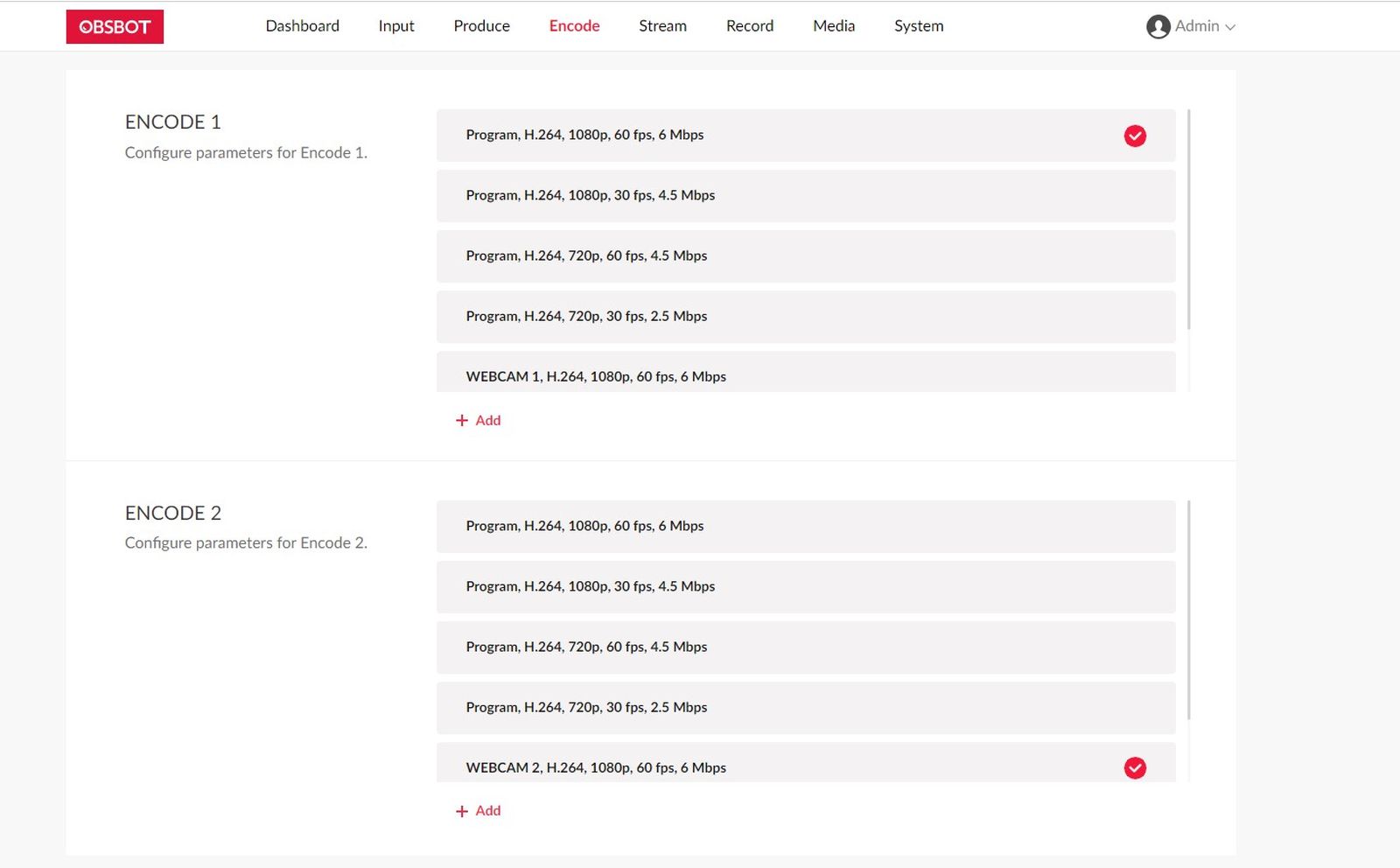
Once you’ve poked at the settings, it’s time to build a scene, with your first choice being a video source. HDMI1, HDMI 2, Webcam 1 or 2, and far more, including an RTMP Pull or Push, an SRT stream, a phone camera, or even an NDI stream. With all these options, especially ones you can stream in, the sky truly is the limit. Again, I touch on and show all of these directly, so there are real examples for you to check out above.
RTMP pull really allows you to ingest just about anything you can imagine into your stream. Nearly every major provider like Zoom, OBS, VLC, Facebook, Google, and more has the ability to ingest an RTMP pull stream, allowing you to quickly integrate this directly into OBS. From here, you can quickly do picture in picture, side by side, captions, and much more. RTMP push is also available, allowing you to take your finished product and push it directly to providers like YouTube, Twitch, Vimeo, or your own RTMP streaming server back at your studio. I’ve never seen this done on a device, so I was shocked to see it here. It’s like carrying your own RTMP server!
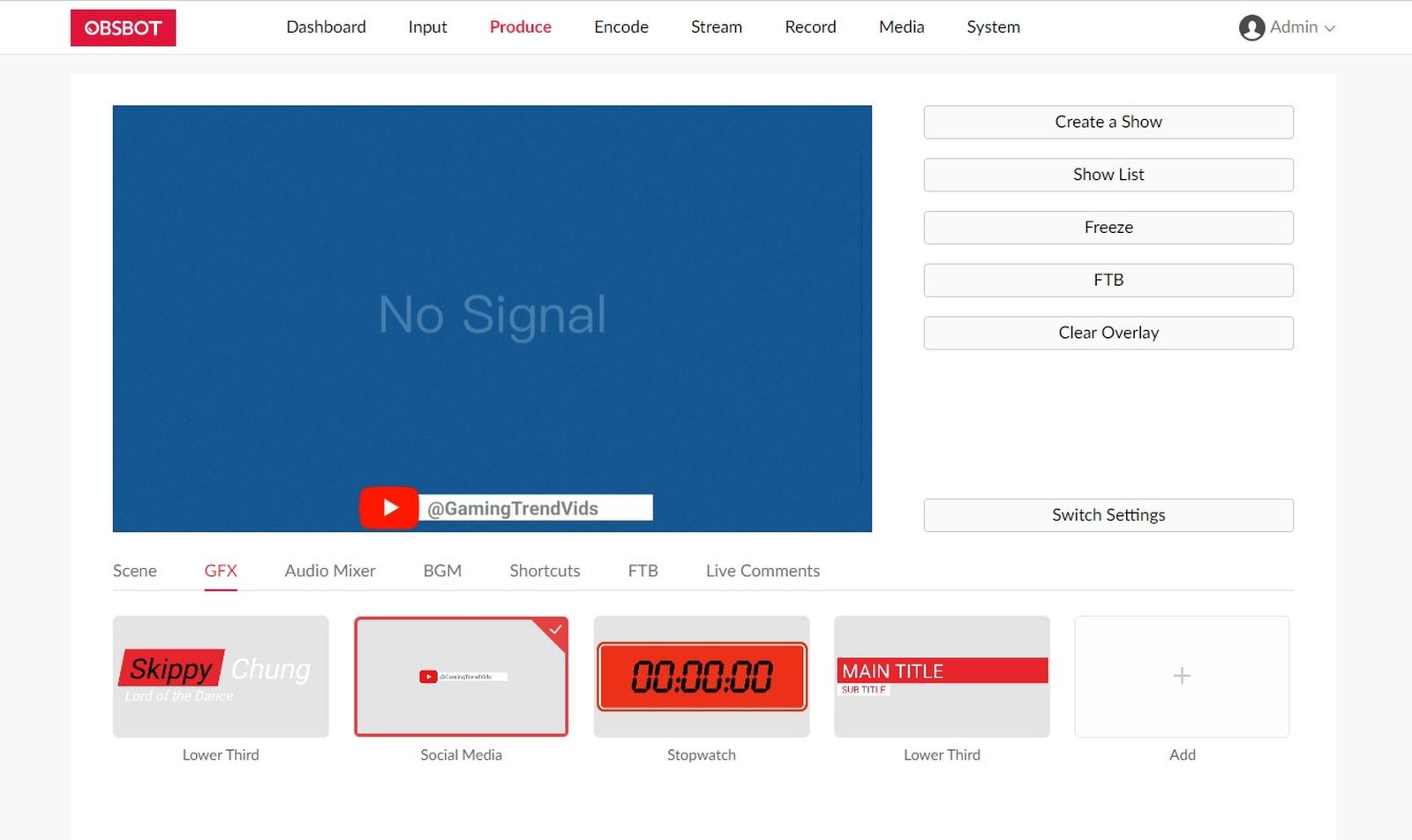
While the power of the device is certainly to be able to produce on the fly, that doesn’t mean you can’t have a whole team on backup. Remoting into the device, your crew can be building graphic panels, scenes and transitions, loading videos and pictures, and far more, allowing that on-scene producer to simply control things from the Talent instead of building it on the fly. If you’ve taken the time to think through your lower thirds, video elements, any transitions, background music, or other elements, you can build a whole show without ever needing a PC. You can even stream it live. Given that it can run off of standard camera batteries, it means you can deploy an entire recording studio in a matter of minutes, shooting where content happens, when it happens. There’s no reason to miss an opportunity again.

There are only two elements that gave me pause with the OBSBOT Talent – warranty and price. The device will set you back $1099, and despite that price, the warranty for the screen and accessories are only a year. The rest of the device picks up a 2 year warranty, but I think I’d still want to supplement such an important central piece of equipment in the same way I warranty my cinema cameras – this is the heart of your production, so it has to work every time, and it needs to be repaired or replaced immediately when it doesn’t. I am happy with my other OBSBOT gear and have found them holding up well in the field, being closer to the top end of prosumer than consumer.
Ron Burke is the Editor in Chief for Gaming Trend. Currently living in Fort Worth, Texas, Ron is an old-school gamer who enjoys CRPGs, action/adventure, platformers, music games, and has recently gotten into tabletop gaming.
Ron is also a fourth degree black belt, with a Master's rank in Matsumura Seito Shōrin-ryū, Moo Duk Kwan Tang Soo Do, Universal Tang Soo Do Alliance, and International Tang Soo Do Federation. He also holds ranks in several other styles in his search to be a well-rounded fighter.
Ron has been married to Gaming Trend Editor, Laura Burke, for 28 years. They have three dogs - Pazuzu (Irish Terrier), Atë, and Calliope (both Australian Kelpie/Pit Bull mixes), and an Axolotl named Dagon!

This is easily the most versatile and flexible production device I’ve ever seen. It’s a must-have for people looking to build professional-level videos on the fly with a studio on the go.
PROS
- Impossibly flexible for live production
- Ability to remote in to build on the fly
- Hardware is remarkably flexible
- Solid improvement to workflow
- NDI support was a welcome surprise
CONS
- Some sticker shock
- Warranty could use a boost
Unless otherwise stated, the product in this article was provided for review purposes.
See below for our list of partners and affiliates:

 1 week ago
42
1 week ago
42










